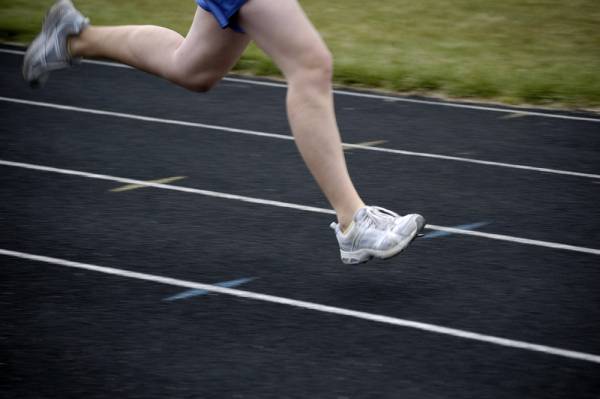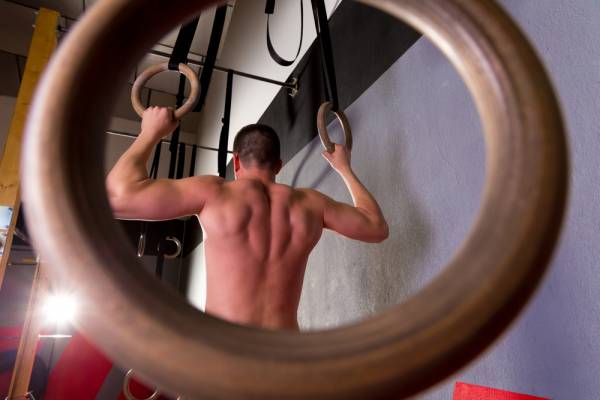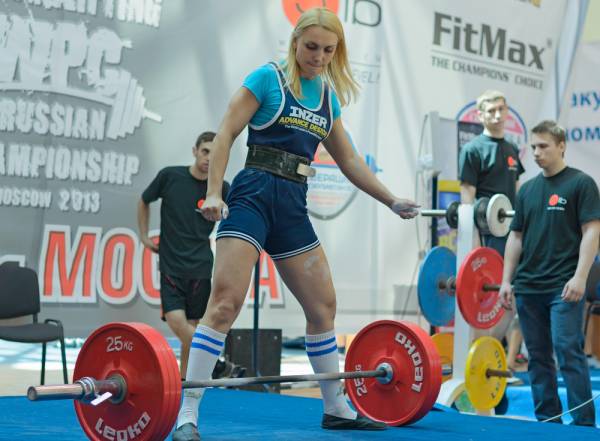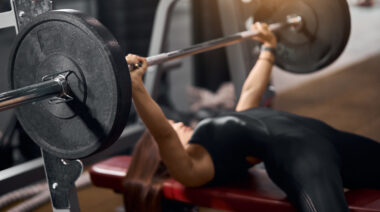De La Soul said that three is the magic number. When I look at training I see lots of threes. I see flexibility, strength, and endurance as pillars of a training plan. I see push, pull, and legs as a strength plan. I see lifestyle, diet, and training as the three main building blocks for all fitness.
The Three Elements of Training
When it comes to training I believe it is made up of three things – movement quality, movement skill, and performance. Only when the previous step is locked in place will the next one be achievable.
It’s almost the same as the generic beginner, intermediate, and advanced continuum. But then it’s also nothing like it at all, because you could be quite advanced as an athlete and lose all movement quality due to an injury, making performance out of the question for a while.
Movement Quality
I still think that movement quality, flexibility, and mobility are vastly underrated aspects of training. Almost twenty years ago Ian King said to me that flexibility was the last frontier of elite performance. Now we have FMS, MovNat, Primal Move, and guys like Ido Portal and Gymnastic Bodies pushing people to work harder on movement quality.
Basic diagnostic tests should be part of everyone’s warm up. What does your spinal flexion feel like today? Can you touch your toes? Can you rotate fully left and right? Is there a difference between both sides? Can you stand on one leg?
While none of these things would signal an end to training if not met, they should mean that today’s focus will be different than planned. Imagine I have a track workout planned, but discover I can’t stand on one leg. Is it a smart idea to go ahead with that running workout, or should I change the focus and maybe work on my single-leg stance so that the problem is fixed for the next track workout?

I know it’s far simpler to have people do cookie-cutter sessions. Like, “If we’re doing overhead lifts today than you need to do X to get ready.” I’m as guilty of this as anyone, as in a group setting it is virtually impossible to get the right warm up for everyone. Using an overhead workout as an example, some people might benefit from bridging, others from rotational T-spine work, and others may just need to quickly foam roll. Others may need to fire up their abs or do drills for shoulder stability like kettlebell armbars.
Because every body is unique, everybody really has individual warm-up needs. In my experience few people are diligent enough to address their individual needs, especially outside of training when they should. They just do whatever is the warm up du jour regardless of whether it addresses their problems or not.
Movement Skill
Once movement quality is addressed and adequate then we can actually train. For some people the period of time it takes to go from poor movement to average might be minutes, while for others it could be their fulltime training for the next year. Anyone who has been in a serous accident will tell you how long it can take to regain normal function of your body once it’s been heavily damaged or altered by surgery.
But now we’re ready to train. This is where movement skill comes into play. It’s quite common, especially in group environments where an element of competition is at play, that people rush from movement quality to performance in one leap, and then wonder why they can’t keep up.
Movement skill refers to how well ingrained good form is in a lift or exercise. We’ve all been there – that point in a workout where fatigue starts to creep in and form starts to deteriorate, that feeling of not being able to get your body to do what you’re trying to make it do.

But if you watch the top performers in any sport there is little breakdown of form. Their movement skill is incredibly well ingrained and they’ve been left with only one option – the safest, most powerful one. But how many of us have perfect form and always default to the best option?
The problem for many is that they’re not willing to spend ample time on grooving form with stress-free sets before trying to run with the big dogs. Stress-free sets require working sub-maximally, and refraining from workouts that are time based. Once the elements of performance are set in a workout then all people care about is either beating the clock or beating a certain number.
But performance is the where dangers occur. (Seriously, if you’re getting hurt in training and aren’t a fighter then you’re doing it wrong. Training is supposed to build the body, not break it). Spending lots of time doing sub-max sets and refraining from the unavoidable competitive nature of group training is a great way to get people started.
Performance
Finally, once a pattern is easily achievable and is the default option regardless of how hard someone is working, then he or she can be let loose in a performance setting. Watching the best athletes – from lifters to runners to fighters – it is the top performers who manage to hold their form the best when the pressure is really on.
But this is not an overnight process. Very few can jump into a new activity and stand out quickly. This is why you don’t see many teenage phenoms at the Olympics. They simply haven’t got the movement skills needed to match the best yet.

How to Go Back Now and Work This Progression
If you’re looking for a key to break a plateau, then I urge you to go back to the start and address your movement quality. If you’re not sure where to start I’d suggest seeking out an FMS or SFMA professional who also understands the demands of your activity.
Then I’d get to work on the movement skills. This could be running technique, or it could be specific lifts if you’re a CrossFitter. Become an expert in the skills, as a martial artist would in the punches and kicks of his or her style before beginning sparring.
Finally, when the body is truly ready, then let loose and let it all hang out in a performance setting. You’ll likely find that post-event you need to go back and address some movement quality issues before beginning the process again, albeit from a higher starting point.
Photos courtesy of Shutterstock.






